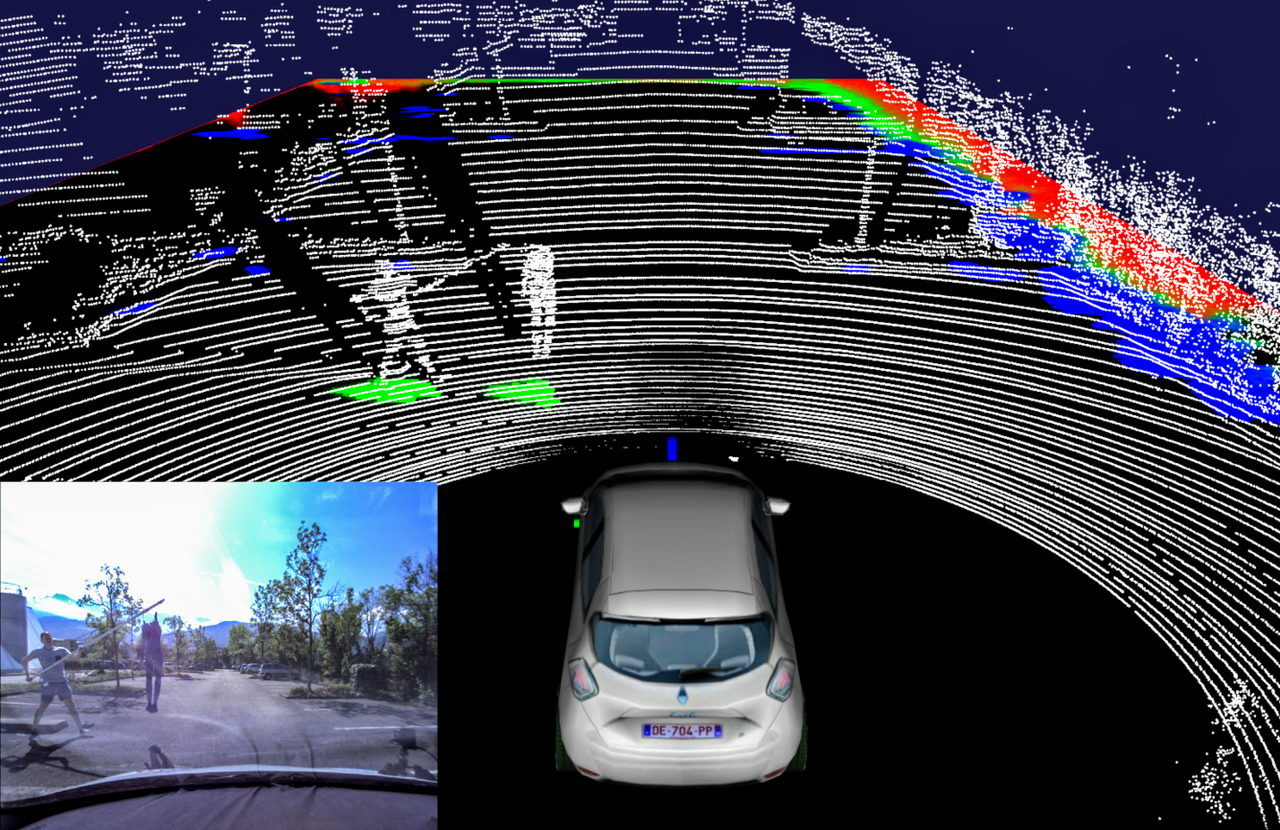INRIA is the French national research institute for digital science and technology. World-class research, technological innovation and entrepreneurial risk are its DNA. In 200 project teams, most of which are shared with major research universities, more than 3,900 researchers and engineers explore new paths, often in an interdisciplinary manner and in collaboration with industrial partners to meet ambitious challenges.
INRIA participates to the PRISSMA project with the collaboration between two research teams: CHROMA and CONVECS, both of them based in the Grenoble Rhône-Alpes center.
The overall objective of CHROMA is to address fundamental and open issues that lie at the intersection of the research fields "Human Centered Robotics" and "Multi-Robot Systems". The main goal is to design algorithms and develop models allowing mobile robots to navigate and operate in dynamic and human-populated environments. The two main research themes on robotic navigation addressed are: i) Perception and situation awareness in a dynamic environment, by focusing on Bayesian perception and sensor fusion; ii) Scaling-up single and multi-robot motion-planning, by combining uncertainty modeling, decentralized models and multi-agent sequential decision making. The CHROMA team is also concerned with applications and transfer of the scientific results working with industrial and start-up partners. The main application domains concern autonomous vehicle driving (with Renault and Toyota), aerial robots for surveillance tasks and services robotics.
CONVECS is a research project-team common between INRIA Grenoble - Rhône-Alpes and the LIG laboratory. Its research activities focus on the formal modeling and verification of asynchronous concurrent systems, which are instantiated in various domains (communication protocols, distributed algorithms, GALS, etc.). To this aim, CONVECS proposes new formal languages for specifying the behaviour and the properties of concurrent systems, and devises efficient verification algorithms and tools running on sequential and massively parallel machines. The research results of the team are instantiated as tools and software libraries in the CADP toolbox, which is widely applied in academics and industry companies (Google, Nokia Bell Labs, Orange Labs, ST Microeletronics, Tiempo Secure) for modeling and analyzing critical systems.

